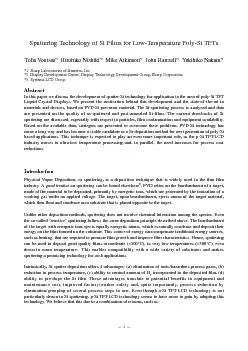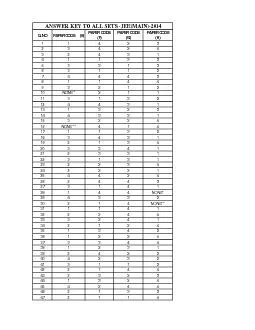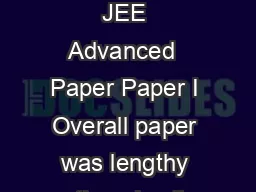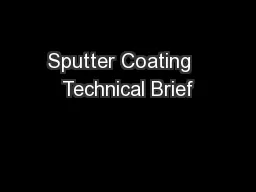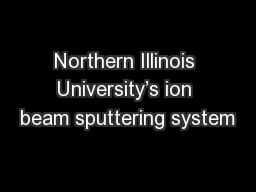PDF-In this paper we discuss the development of sputter-Si technology for
Author : natalia-silvester | Published Date : 2015-10-30
2 Display Development Center Display Technology Development Group Sharp Corporation1 1 Polysilicon technology requires precursor Si material with very low Hcontent
Presentation Embed Code
Download Presentation
Download Presentation The PPT/PDF document "In this paper we discuss the development..." is the property of its rightful owner. Permission is granted to download and print the materials on this website for personal, non-commercial use only, and to display it on your personal computer provided you do not modify the materials and that you retain all copyright notices contained in the materials. By downloading content from our website, you accept the terms of this agreement.
In this paper we discuss the development of sputter-Si technology for: Transcript
Download Rules Of Document
"In this paper we discuss the development of sputter-Si technology for"The content belongs to its owner. You may download and print it for personal use, without modification, and keep all copyright notices. By downloading, you agree to these terms.
Related Documents

